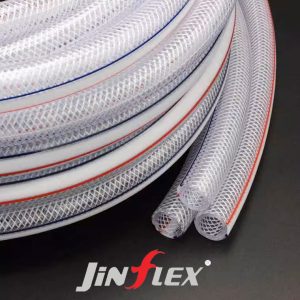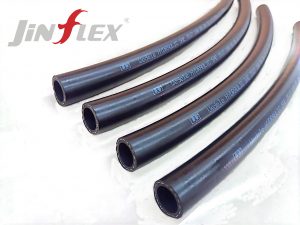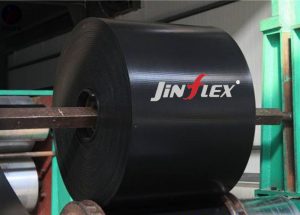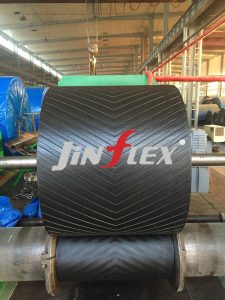In the piping industry, material selection is directly related to the performance and service life of the system. Fiber braided water pipes and steel wire braided hoses are two common pipe materials, each with its own unique performance characteristics. Today, we will take an in-depth analysis of the performance differences between these two pipes and see their respective advantages and applicable scenarios.

1. Material foundation and strength comparison
Fiber braided water pipes are made of high-strength fiber as the main material. This material not only has excellent corrosion resistance, but is also lightweight and easy to install. In contrast, steel wire braided hose uses steel wire as the main reinforcing material, giving it excellent compression resistance. In terms of strength, steel wire braided hoses are more outstanding in withstanding high pressure and heavy loads, while fiber braided water pipes focus more on lightweight and corrosion resistance.
2. Flexibility and bending properties
Fiber braided water pipes exhibit extremely high flexibility due to the characteristics of the material. This kind of water pipe can be bent freely in various complex environments without the need for additional joints or elbows, greatly simplifying the installation process. Although steel wire braided hose also has a certain degree of flexibility, it is relatively more restricted when bending and requires more installation skills and tools.
3. Thermal insulation performance
In terms of thermal insulation, fiber braided water pipes perform better. Its unique fiber structure can effectively reduce heat loss and keep water temperature stable. This is especially important where heat preservation or heating is required for long periods of time. The steel wire braided hose is slightly inferior in this aspect, and its thermal insulation performance is relatively weak.

4. Environmental protection and sustainability
From an environmental and sustainability perspective, fiber braided water pipes have clear advantages. Most of the fiber materials used are from renewable resources, such as plant fibers or recycled plastics, which is in line with the concept of green environmental protection. The steel wire braided hose may have certain impact on the environment during production and disposal.
5. Beauty and practicality
In terms of appearance and practicality, both pipes have their own merits. Fiber braided water pipes, with their unique braided texture and rich color choices, add a touch of color to home decoration and garden landscaping. Steel wire braided hose is widely used in industrial and agricultural fields because of its strong and durable characteristics.
To sum up, fiber braided water pipes and steel wire braided hoses have their own advantages and disadvantages in performance. Fiber braided water pipes are outstanding in terms of flexibility, thermal insulation performance and environmental sustainability; while steel wire braided hoses are superior in strength and compression resistance. When selecting pipe materials, you need to weigh and select based on specific usage scenarios and needs. No matter which pipe material is chosen, attention should be paid to its quality and safety to ensure the stable operation and long-term use of the pipeline system.


